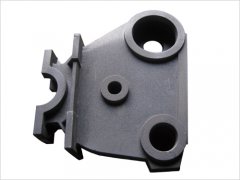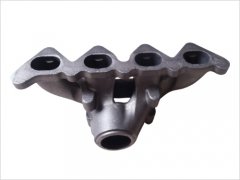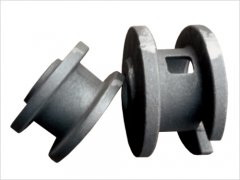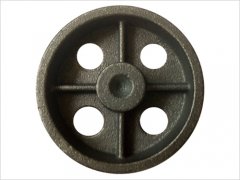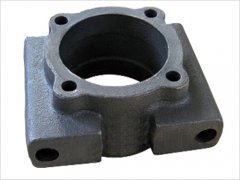Nodular casting: the anticorrosion of ductile casting is directly related to the long-term use and nature of the pipeline, so it is an important indicator to measure the technology and operating condition of the pipe network. Since graphite exists in the cast iron, the graphite in the nodular casting exists in a spherical form, which does not affect the mechanical and mechanical properties of the matrix material,
However, according to the survey results of 10 typical cities, the static leakage rate of Chinese urban water supply pipe network reaches 12 ~ and 13%, far exceeding the standard of requiring the urban leakage rate to be controlled below 6%. Therefore, pipeline anticorrosion has always been a hot topic for us at present.
Notes for nodular casting
(1) Strictly require chemical composition, and the carbon and silicon content of raw iron liquid is higher than gray cast iron, and reduce the content of manganese, phosphorus and sulfur in nodular casting.
(2) The oven temperature of iron liquid is higher than that of gray cast iron to compensate for the loss of iron liquid temperature during gestation treatment.
(3) Globular treatment, that is, add a globalization agent to the iron liquid.
(4) Add a pregnant agent for gestation treatment.
(5) The nodular casting has poor fluidity and large shrinkage, thus requiring higher pouring temperature and large pouring system size, reasonable use of mouth and cold iron, and the principle of sequential solidification.
(6) Conduct heat treatment
Nodular iron is the general name of an alloy consisting mainly of iron, carbon and silicon. In these alloys, the carbon content exceeds the amount retained in the austenitic solids at the copocrorphous temperature. Cast iron is the alloy of a consisting of iron, carbon and silicon. In these alloys, the carbon content exceeds the amount retained in the austenitic solids at the copocrorphous temperature. Ferrocarbon alloy containing more than 2% carbon content. The cast iron for industrial use is 2%-4%. Carbon is mostly in cast iron in graphite and sometimes carburizing. In addition to carbon, cast iron contains 1%-3% silicon, as well as manganese, phosphorus and sulfur. Alloy cast iron also contains elements of nickel, chromium, molybdenum, aluminum, copper, boron, vanadium and more. Carbon and silicon are the main elements affecting the microstructure and performance of cast iron.
